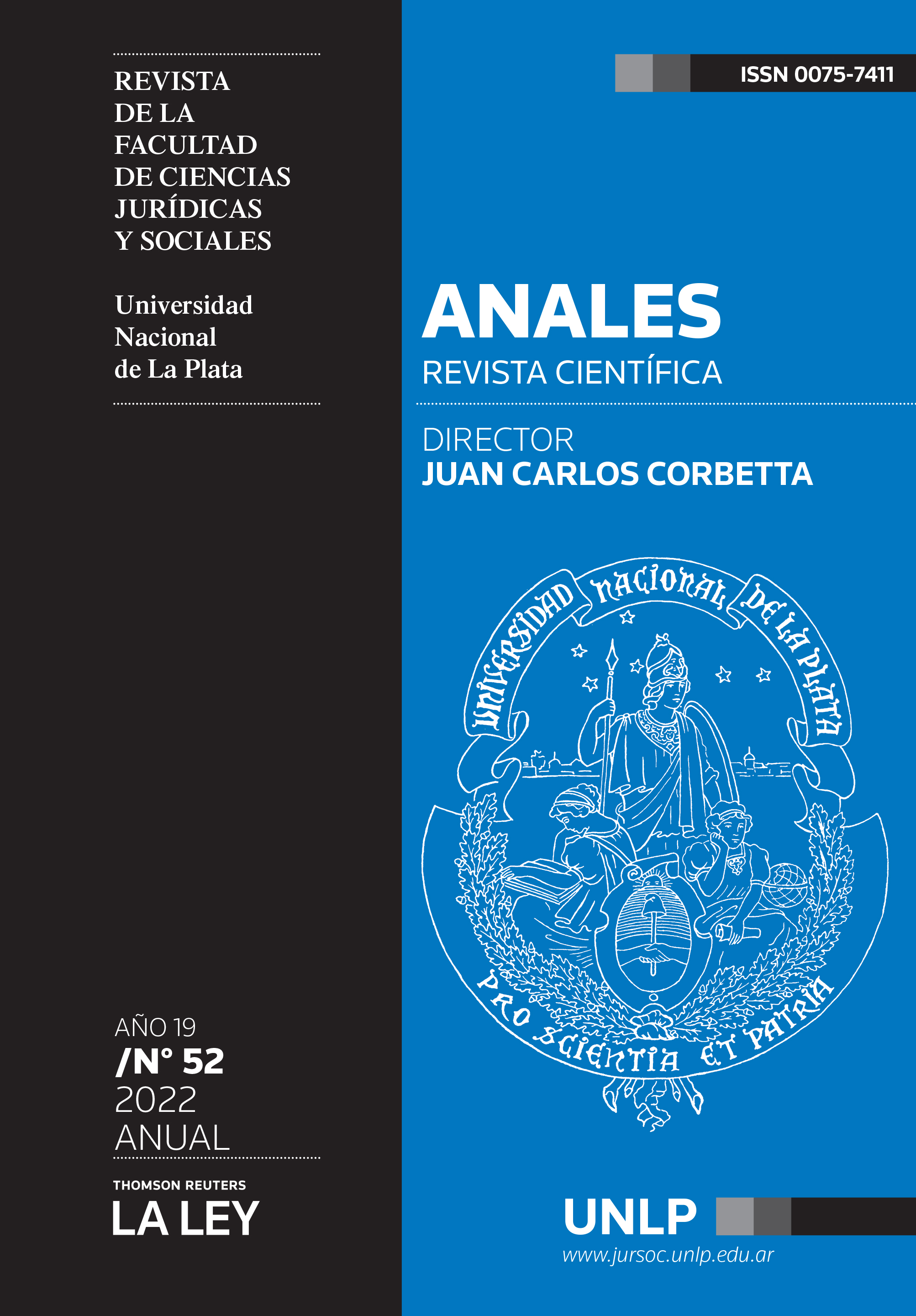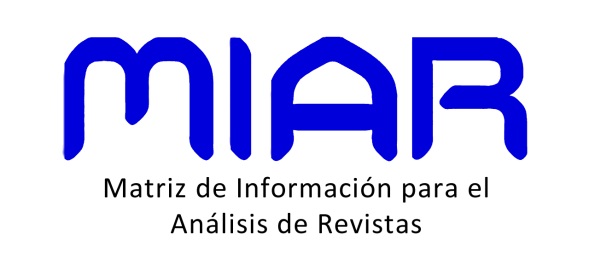The methods of interpretation of the treaties
DOI:
https://doi.org/10.24215/25916386e120Keywords:
treaties, interpretation, Vienna Convention on the Law of TreatiesAbstract
This article addresses the rules and principles governing the methods of interpretation provided for in Articles 31 to 33 of the Vienna Convention on the Law of Treaties. The purpose is to demonstrate, based on the jurisprudence of the International Court of Justice, that this integrated legal framework for the interpretation of treaties, which reflect international customary law, establishes obligatory means, complementary means, as well as certain rules for the interpretation of treaties authenticated in two or more languages, which guarantee the interpreter certainty about the function of the tools and about the concrete relevance of the different means of interpretation and the manner in which they should interact with the other means in the unity of the process as a single combined operation.
Downloads
References
Aust, A. (2007). Modern treaty law and practice, 2a ed. United Kingdom: Cambridge University Press.
Buffard, I. y Zemanek, K. (1988). The object and purpose of a treaty: an enigma? Austrian Review of International and European Law, vol. 3 (pp. 311-343).
Criddle, E. (2004). The Vienna Convention on the Law of Treaties in US Treaty Interpretation. Virginia Journal of International Law, 44 (pp. 431-500).
Final draft, draft articles on the law of treaties with commentaries (1966). ILC Report 18th Session.Yearbook of the International Law Commission.
Kamil Yasseen, M. (1976). L’interprétation des traits d’aprés la convention de Vienne. Recueildes Cours de l’Académie de droit international, 151 (num. III) (pp.1-114).
Kant, I. (1989). Crítica de la Razón Pura II. México: Colofón.
Karl, W. (1983). Vertag und spatere Praxis Im Volkerrecht. Berlín: Springer Verlag.
Klabbers, J. (1997). Some Problems Regarding the Object and Purpose of Treaties. Finnish Yearbook of International Law (pp. 138-160).
Lauterpacht, H., Some Observations on Preparatory Works in the Interpretation of Treaties. 48 Harvard Law Review, (1935), pp. 549-591.
Lauterpacht, H. (1949). Restrictive Interpretation and the Principle of Effectiveness in the Interpretation of Treaties. British Yearbook of International Law, vol. 26 (pp. 48-85).
Le Bouthillier, Y. (2011). Article 32. En O. Corten y P. Klein (ed.), The Vienna Conventions on the Law of Treaties: a commentary. New York: Oxford University Press.
McDougal, M. (1967). The International Law Commission's Draft Articles Upon Interpretation: Textuality Redivivus. 61 American Journal of International Law, pp. 992-998.
Rojas Amandi, V. (2020). El principio pacta sunt servanda y su recepción en el sistema jurídico mexicano. México: Tirant lo Blanch.
Schwarenzenberg, G. (1968). Myths and Realities of Treaty Interpretation: Articles 27-29 of the Vienna Draft Convention on the Law of Treaties. 9 Virgina Journal of International Law, pp. 1-19.
Sinclair, I. (1984). The Vienna Convention on the Law of Treaties (2d ed.). Manchester: Manchester University Press.
Strauch, H. (2017). Methodenlehre des gerichtlichen Erkenntnisverfahrens – Prozesse richterlicher Kognition. Freiburg: Verlag Karl Alber.
Thiele, C. (2008). Das Spannungsverhältnis zwischen Gruppenschutz und Individualschutz im Völkerrecht, Fragmentierung des Volkerrechts als Herausdorderung fur die Staatengemeinschaft. Archiv des Völkerrechts, vol. 46 (pp. 529-532).
Vandevelde, K. (1988). Treaty Interpretation from a Negotiator's Perspective, 21 Vanderbilt. Journal of Transnational Law, pp. 281-311.
Vattel, E. (1758). Le Droit des gens ou principes de la loi naturelle appliqués à la conduite et aux affaires des Nations et des souverains. Londres: BNF.
Von Savigny, F. C. (2019). System des heutigen Römischen Rechts, tomo I. Alemania: De Gruyter
Published
How to Cite
Issue
Section
License
Copyright (c) 2022 Víctor Rojas Amandi

This work is licensed under a Creative Commons Attribution-NonCommercial-NoDerivatives 4.0 International License.
Esta licencia no permite la generación de obras derivadas ni hacer un uso comercial de la obra original, es decir, sólo son posibles los usos y finalidades que no tengan carácter comercial.






























